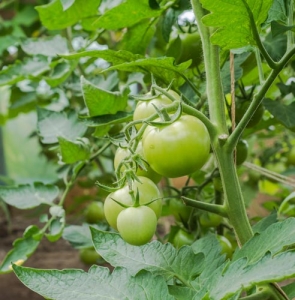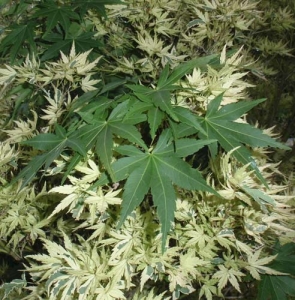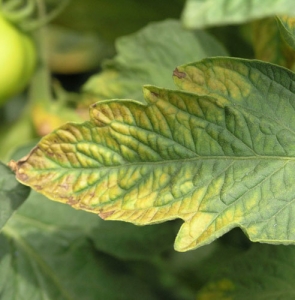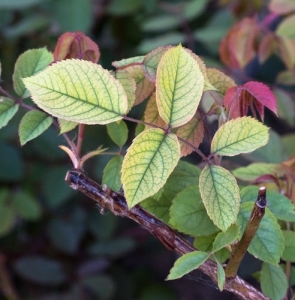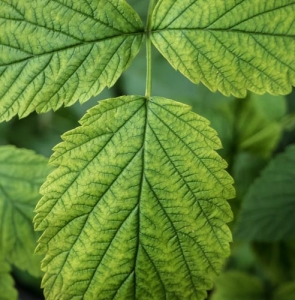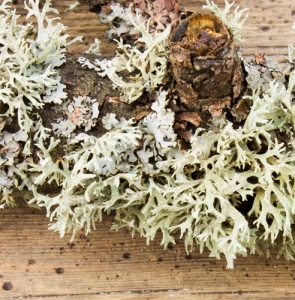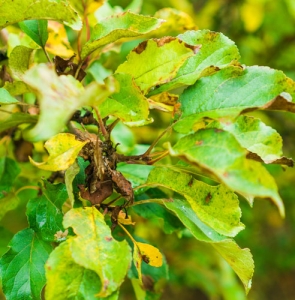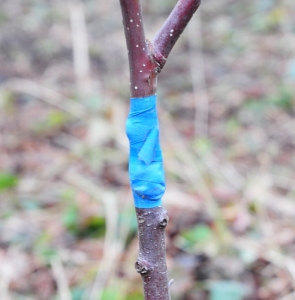-
Apart from the obvious damage when trees are blown over, strong winds can also cause damage to a wide range of plants by shredding and shrivelling their leaves.
-
While all plants need a constant and regular supply of water for their roots to absorb, the vast majority won’t grow in soil or compost that is overly wet or waterlogged.
-
It’s so frustrating, having grown your vegetables perfectly for months, for them to bolt – or go to seed prematurely – before they’re ready to harvest, and may be unusable.
-
Potassium (potash) deficiency is a common plant disorder that mainly results in discoloured leaves, including brown edges, as well as poor flowering and fruiting.
-
Phosphorous (phosphate) deficiency is a plant disorder that results in changes in leaf colour – yellow or purple – smaller leaves and slow, sometimes stunted, growth.
-
Nitrogen deficiency is a common plant disorder in poor soils or after excessive winter rain. It results in yellow or yellowing leaves and spindly or stunted growth.
-
Magnesium deficiency is a plant disorder that causes the leaves to turn yellow between the veins, sometimes with reddish tints. It also results in early leaf fall.
-
Lime-induced Chlorosis Iron deficiency, sometimes referred to as lime-induced chlorosis, is a plant disorder that causes the leaves to turn yellow, between the veins, sometimes with brown edges.
-
Many trees, shrubs and climbing plants are grafted onto a rootstock – and sometimes that graft can fail. This leads to the grafted variety dying back or dying.





